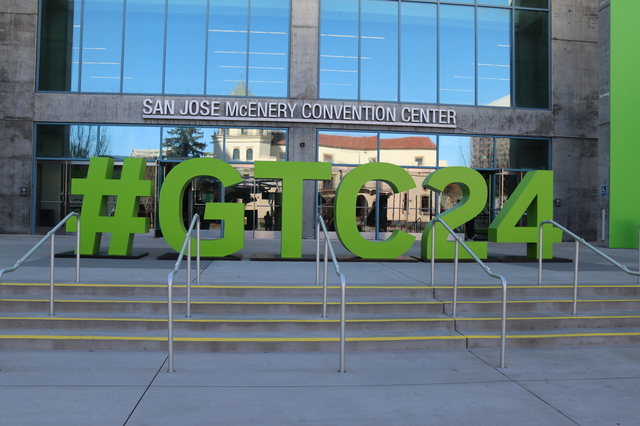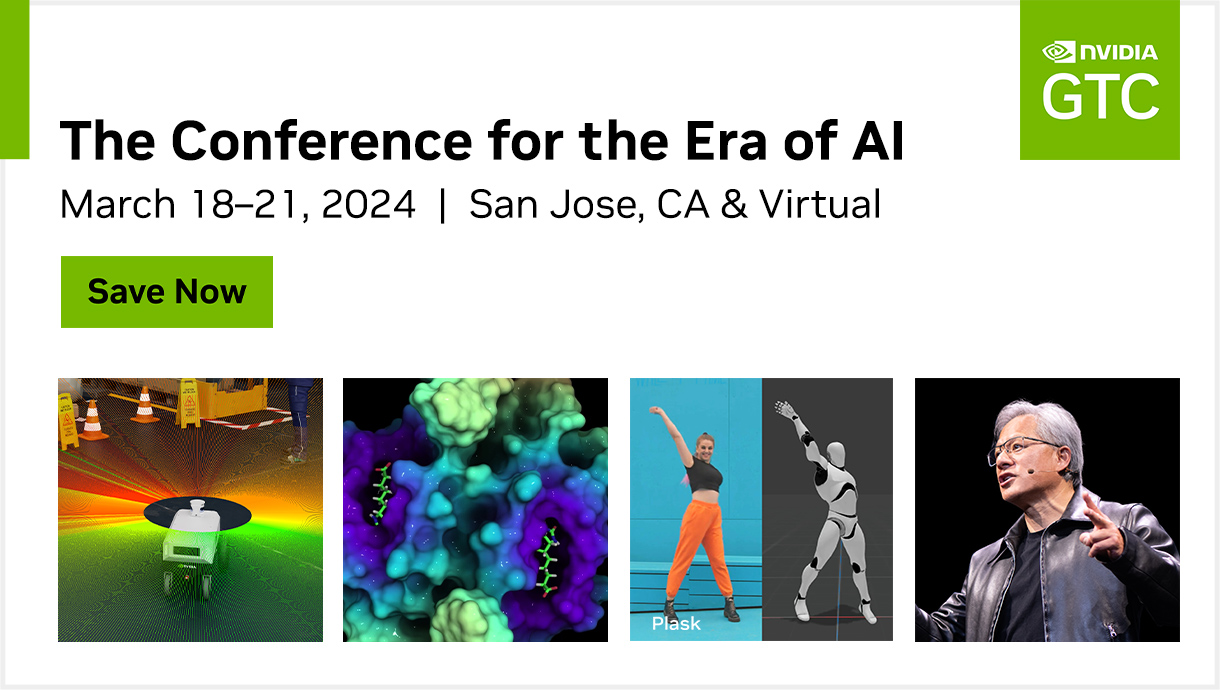סיכום מפגש ראשון Machine Learning Israel Seminar

בתאריך ה-2.3 קיימנו את המפגש הראשון של Machine Learning Israel Seminar אשר עסק ב-Computer Vision. המפגש הראשון, וכך גם שאר המפגשים בעתיד, בנוי משתי הרצאות: אחת מטעם חוקר מהאקדמיה והשנייה מטעם גורם מהתעשייה (סטארטאפ או חברה). כפי שהבטחתי אני מצרף כאן את המצגות של שני המרצים. בהזדמנות זו אני מציע לכם להירשם לניוזלטר של הקהילה ובכך לא לפספס את ההרשמה לאירוע הבא.
הרצאה ראשונה:
שם המרצה: Dotan Kaufman
חברה: Tel Aviv University, Deep Learning Lab
תפקיד: Deep Learning researcher
לצפייה במצגת לחצו כאן.
תיאור ההרצאה:
מחפשים משרה בתחום? היכנסו ללוח המשרות שלנו.
הרצאה שנייה:
שם המרצה: Ziv Mhabary
חברה: Trax image recognition
תפקיד: Computer Vision Director
לצפייה במצגת לחצו כאן.
תיאור ההרצאה:
Convolutional Neural Networks – Opening the black box
In this lecture, we will share our journey from theory to practice, we will examine some of the challenges we face, the techniques and best practices we’ve developed. To gain a better understanding of the network, we used several debugging and visualization tools to give us a better understanding of what neuron “sees” and thus, what computations the networks are doing.



